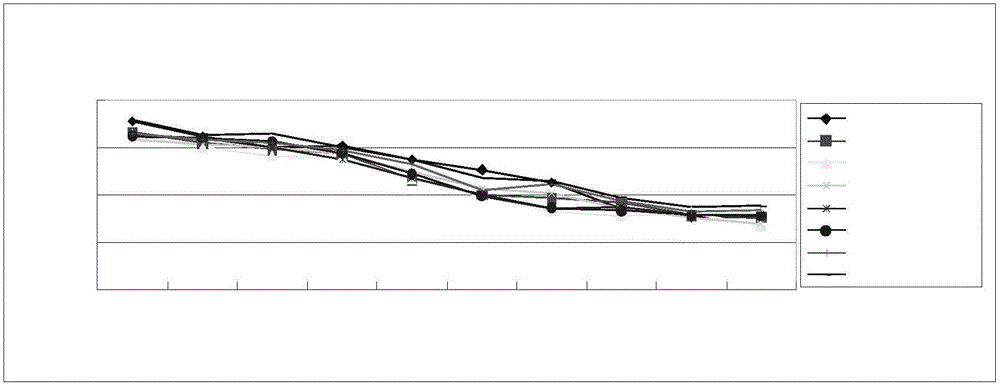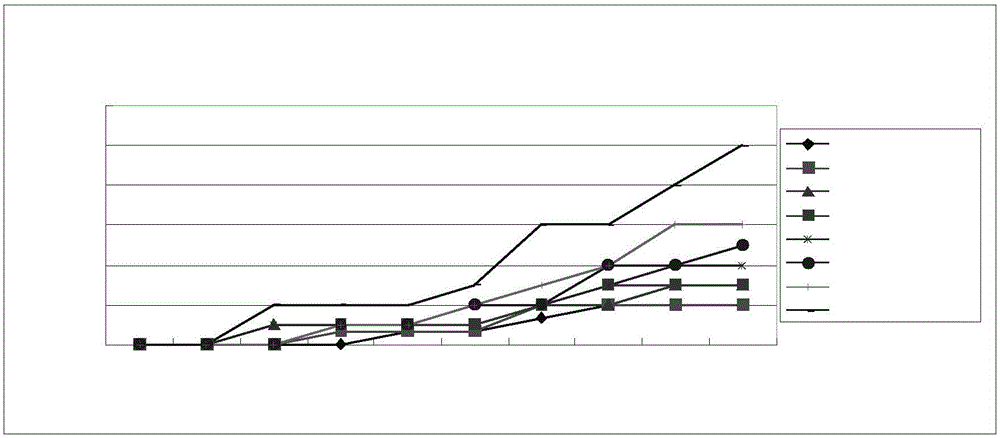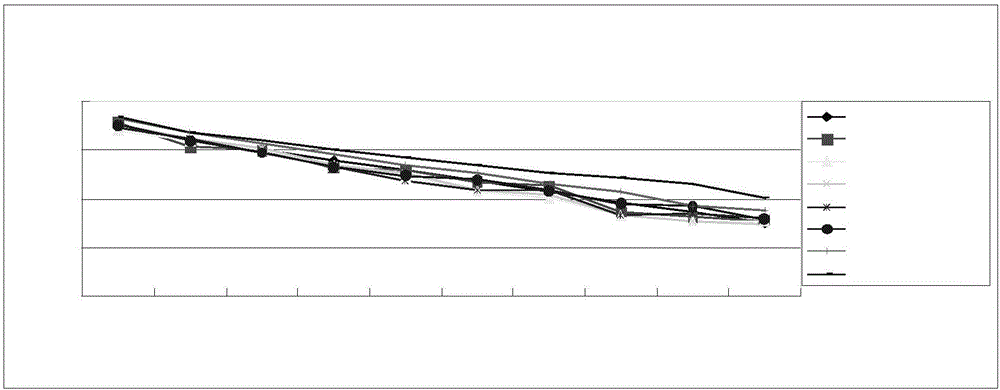Evaluation method for risks of pesticide to bees
A risk assessment and honeybee technology, which is applied in the field of pesticide risk assessment to bees, can solve the problems of no acute oral toxicity test criteria and achieve the effect of protecting the ecological environment
- Summary
- Abstract
- Description
- Claims
- Application Information
AI Technical Summary
Problems solved by technology
Method used
Image
Examples
Embodiment 1
[0029] Neonicotinoid insecticides are widely used in seed, soil and stem and leaf treatment, the most important application of which is seed coating to control underground pests. Neonicotinoid insecticides, as systemic insecticides, determine that the pesticides can be transferred to pollen, nectar and spit through plant roots, but the content is low, and may not cause acute toxic effects on collector bees, but different ages There are differences in the pathways of bees exposed to pesticides (for example, adult bees eat more nectar than pollen, and the opposite is true for larvae) and their sensitivity to pesticides. Nursing bees (also called worker bees) and larvae are more sensitive to neonicotinoid insecticides. Therefore, low-dose neonicotinoid insecticides also have potential risks to the development of bee populations.
[0030] 1.1 Test organisms
[0031] The test organism used in this experiment is Italian honey bee (Apismellifera L), which is provided by the Honey B...
Embodiment 2
[0068] Embodiment 2: Thiamethoxam is to the chronic 10d feeding toxicity test result of bee larvae
PUM
 Login to View More
Login to View More Abstract
Description
Claims
Application Information
 Login to View More
Login to View More - R&D
- Intellectual Property
- Life Sciences
- Materials
- Tech Scout
- Unparalleled Data Quality
- Higher Quality Content
- 60% Fewer Hallucinations
Browse by: Latest US Patents, China's latest patents, Technical Efficacy Thesaurus, Application Domain, Technology Topic, Popular Technical Reports.
© 2025 PatSnap. All rights reserved.Legal|Privacy policy|Modern Slavery Act Transparency Statement|Sitemap|About US| Contact US: help@patsnap.com



